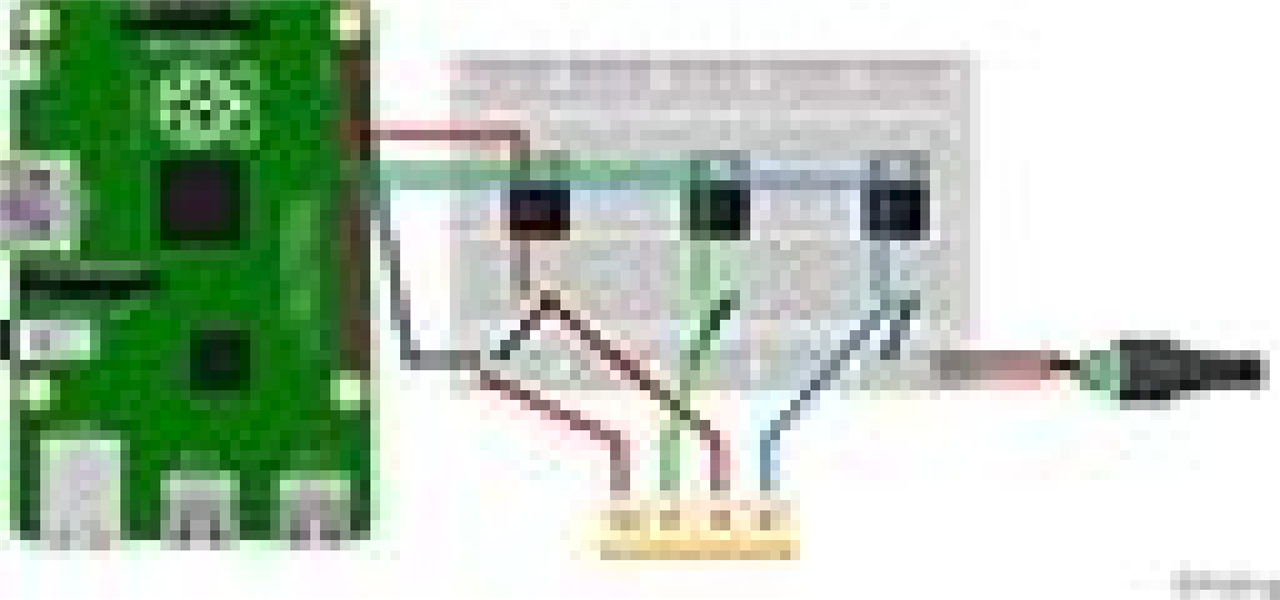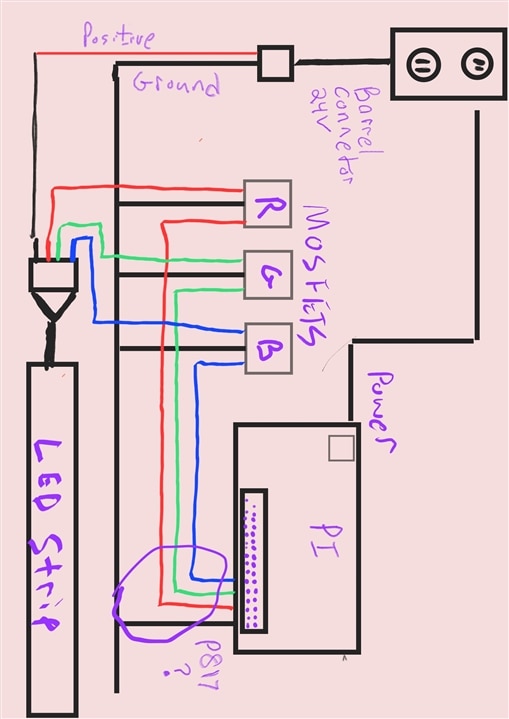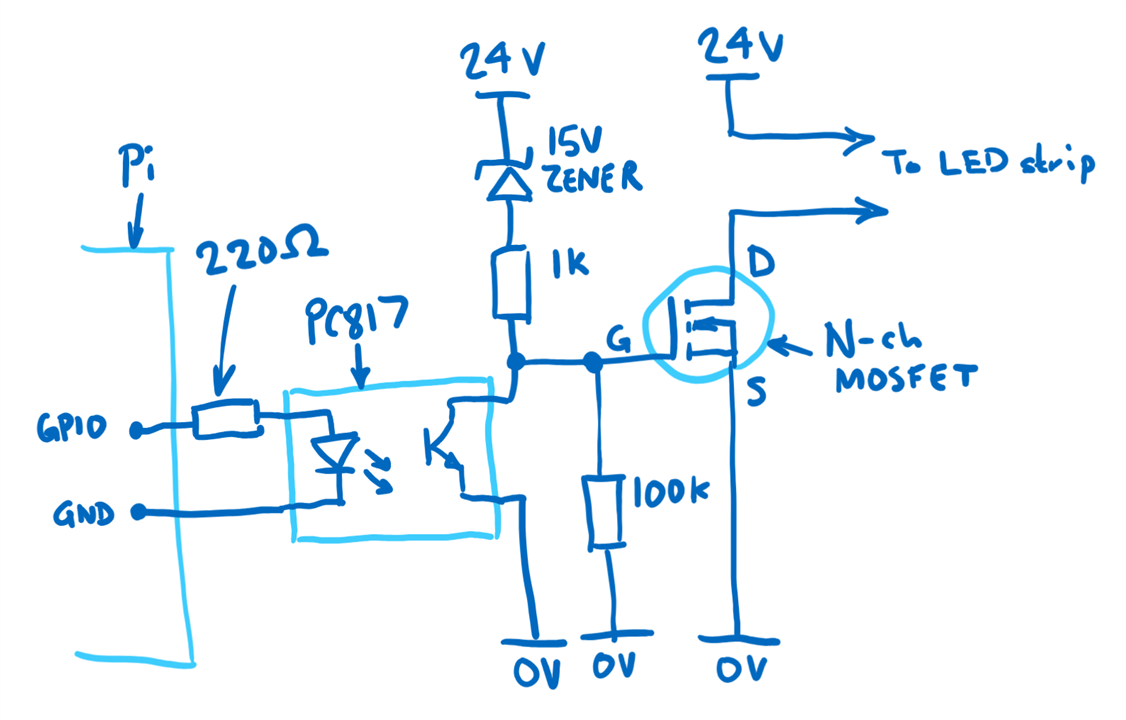I am having a hard time figuring out the solution to controlling my 24v strip with my Pi 4. I have a 4 pin strip with R. B. G. Bk wires. I think a N-channel MOSFETs transistor will fix the communication issue and allow control of the colors. most Ara fruit software I have seen is for addressable Leds with only 3 leads. R. Bk. and Green. Am I on the right track with using the transistors. If so Why? is there an easier way? I am making a bay blade stadium for my son and want to incorporate buttons with lights and sound..








